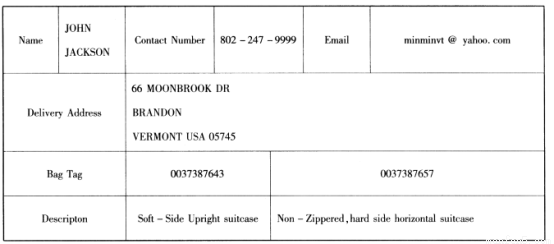题目内容
阅读下面短文,从短文后各题所给的四个选项(A, B, C和D)中,选出可以填入空白处的最佳选项,并在答题卡上将该项涂黑。
In 2014 I was 22 years old and had just come back to Brazil after 14 months in England, holding my Cambridge Proficiency certificate. After nervously a short training course, I began to give class to my 12 students, all of them older than I was. I .hard to remain calm in class and they wouldn't find out how unconfident I felt a lot of the time. I was quite , actually, until the end of and the night of the final oral test.
The test was going to start at 7 pm, and at 6:50, I myself in the teachers' bathroom to all the test questions again. I really wanted to learn the by heart so no one would think I was an inexperienced tester. The is, I actually locked myself in the bathroom. I couldn't get out! The bell rang at 7 pm and I could hear the noise in the halls the students went to their rooms. I tried hard to the bathroom door, but failed.
I heard the cleaning lady's voice and asked for help as as I could. However, she wasn't exactly a thoughtful person, and started ;"Diana's locked in the bathroom!"Shame had fallen upon me! the course director, the secretary and some teachers were outside the bathroom trying to get me out, and, ,my students gathered outside too, happily saying things like "Aren't we !No test today !” All I could do was , feeling miserable and utterly stupid. The door finally opened, and my entire was waiting for me outside, naughty smiles on their faces." ! Teacher.” they said," we know you are human too!"
They all passed their test. True to the Brazilian style, we all went out for a beer afterward, and laughed the whole thing off.
1.A. holding B. taking C. getting D. giving
2.A. performed B. learned C. worked D. tried
3.A. thought B. hoped C. guessed D. realized
4.A. successful B. fortunate C. happy D. satisfied
5.A. the class B. the course C. the day D. the year
6.A. tidied B. washed C. locked D. reminded
7.A. rewrite B. answer C. go over D. put forward
8.A. questions B. instructions C. answers D. steps
9.A. situation B. condition C. trick D. problem
10.A. probably B. simply C. sadly D. nearly
11.A. As B. before C. after D. until
12.A. knock B. kick C. open D. push
13.A. quietly B. hurriedly C. excitedly D. crazily
14.A. scolding B. running C. laughing D. shouting
15.A. At first B. Soon enough C. In the end D. Right now
16.A. to my amazement B. to my delight C. to my surprise D. to my horror
17.A. lucky B. comfortable C. anxious D. regretful
18.A. watch B. smile C. wait D. worry
19.A. class B. staff C. group D. school
20.A. Sorry B. Congratulations C. Don't be angry D. Don't worry
 同步练习强化拓展系列答案
同步练习强化拓展系列答案

